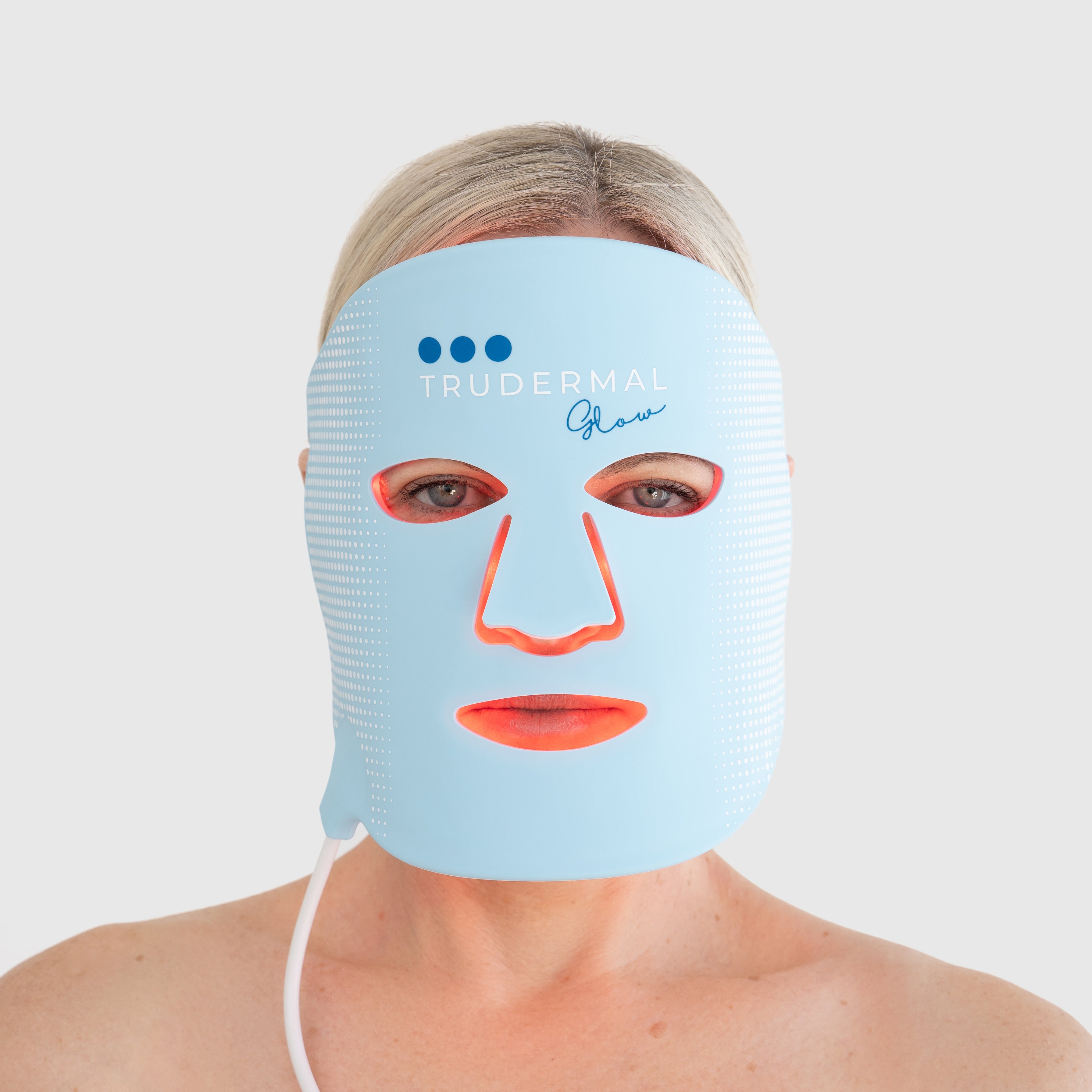While layering serums and creams might be our go-to skin support methods, the most profound changes to your complexion might actually lie in the heart of the home – the kitchen.
We’ve heard the saying ‘you are what you eat’ but when it comes to skin health, this saying couldn’t ring truer. The foods we consume don’t just fuel our bodies – they have the potential to reshape our skin’s structure, elasticity, and appearance at a cellular level.
From stimulating collagen production to calming inflammation and creating an antioxidant shield, the connection between nutrition and glowing grows strong with each new study. The beautiful truth? Every meal is an opportunity to support your skin from the inside out.
The Collagen Connection
Here’s where things get interesting. Collagen, that coveted protein responsible for our skin’s bounce and firmness, can actually be supported by what we eat. When you consume collagen-rich foods, your digestive system breaks them down into bioactive peptides that essentially send a memo to your skin cells to make more collagen. So, what can we eat to further support this process? Bone broth is the ultimate skin elixir, while grass-fed meat and wild-caught fish can deliver those crucial amino acids your skin craves. What’s more, oral collagen supplementation has the potential to improve skin hydration and elasticity. The best approach? Try to make collagen-supporting foods a regular part of your routine whenever possible.
The Skin-Soothing Impact of Omega-3s
If your skin could choose one nutrient to be besties with, it would probably be omega-3 fatty acids. These powerful compounds work like internal peacekeepers, calming the inflammation that can trigger everything from acne flare-ups to premature aging. Here’s what makes omega-3s so special – they don’t just address in one skin concern. They’re super versatile. Research has shown they can help with acne, support those dealing with psoriasis and eczema and even help skin heal faster. Think of it as having a multi-tasking skincare ingredient that works from the inside. Our modern diets are often heavy on processed foods, so the best fix is trying to introduce fatty fish like salmon and sardines, walnuts with morning yoghurt or chia seeds sprinkled over just about anything.
Building Your Antioxidant Army
Consider antioxidants your skin’s personal security team – they’re constantly working to neutralise the free radicals that can age your skin and damage skin cells. The more colourful your plate, the stronger your antioxidant defence becomes. Blueberries reign supreme here, packing more antioxidant power than almost any other fruit or veggie. The key is to introduce variety. Different antioxidants tackle different types of damage, so try to build a diverse portfolio of foods rather than relying solely on a single superfood. Dark chocolate (yes!) can be loaded with flavonoids to support skin health, but you need to invest in the good stuff that’s 70% cacao or higher. Green tea also provides catechins that protect against sun damage. Even your morning tomato on toast is working overtime, delivering lycopene that helps to maintain skin structure. In the meantime, you may also consider introducing or increasing dark leafy greens and capsicum for an additional antioxidant boost.
Go Mediterranean – a lifestyle not a diet
Instead of thinking about restrictive rules or complicated meal plans, consider the Mediterranean approach – a way of eating that that naturally delivers everything your skin needs to thrive. It’s rich in omega-3s from fish, antioxidants from olive oil and colourful veggies, and anti-inflammatory compounds from herbs and spices. What makes this approach so appealing isn’t just the individual nutrients, it’s how they all work together. Research suggests this synergy might be more powerful than any single supplement or superfood. Best of all – it’s a sustainable approach to eating and living well. Think more fish, plenty of olive oil, loads of veggies, whole grains and yes, even a glass of red wine with dinner every now and then.
When patience pays off
While any chance in diet takes commitment – it might also take some patience before you see results. Unlike topical applications, which can often reveal results in an instant, nutritional interventions need a bit of time – potentially up to three months. Yes, it may seem like a long time, but this timeline reflects the natural process of skin cell renewal and the time it takes for nutritional changes to manifest in your skin’s structure and appearance. Understanding and accepting this will help you set realistic expectations and reinforce the importance of consistency in your skin health routine – whether you’re focused on topical or diet-based solutions.






